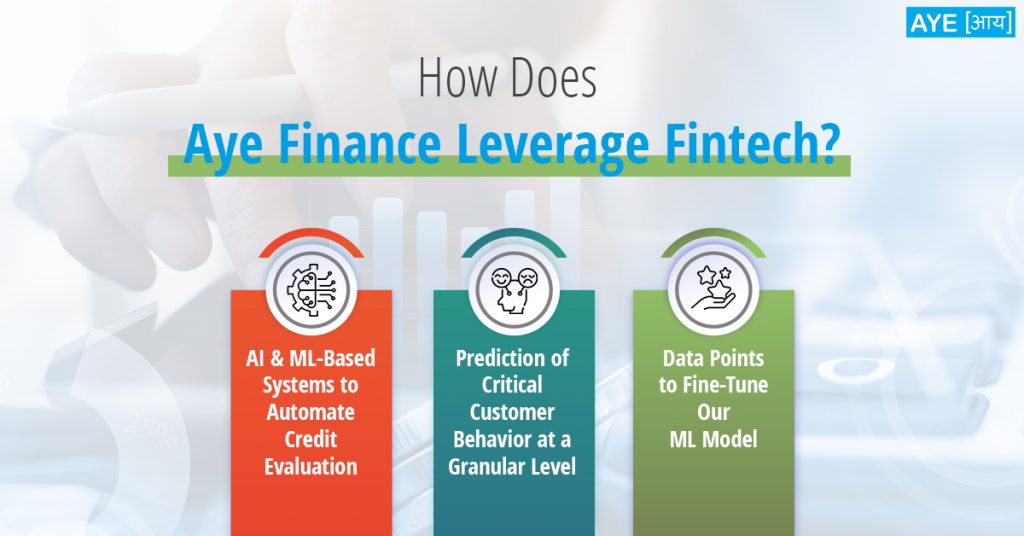Lending businesses are experiencing a dramatic shift by virtue of constant changes in technology. With digitization becoming the need of the hour, lending businesses can leverage its benefits by adopting a fintech model in order to create a successful growth strategy for 2022.
In this blog, we have identified some of the top FinTech trends that can support lending businesses to maximize their operations. Read on to find out which trend might be most beneficial to your organization!
- Point of sale (POS) based lending- A report by Global Market Insights Inc has estimated that the POS terminals industry in India will cross a valuation of $3 billion by 2024. POS-based lending acts in the favour of lenders as it makes large-scale purchases easier, providing installments that usually have lower interest rates than credit cards.
- Application of Blockchain technology– Blockchain technology can be applied for tracking and managing loan payments, providing data on real-time transactions, and accelerating the loan approval process. It is no wonder that the market for this supreme technology is poised to grow to approximately $7,683.7 million by 2022.
- Shift to integrative microservices– While digitizing operations for lending businesses may seem important, a rush in replacement of this paper-intensive system might prove costly. In order to counter that risk, lenders must make use of integrative microservices that allow self-paced digitization of operations for lenders.
- Improvised credit scoring systems- An alternative to the conventional scoring system, the improvised scoring system is slowly gaining popularity in the fintech industry. The future scope for its growth and adoption is even higher in India where a large part of the population remains unbanked.
- Increased collaboration of lenders and fintech providers- Collaboration of lending companies with technology companies will enable them to digitize their operations, such as video KYC, fraud checking, digital signing, etc. As lending becomes more algorithmic, these collaborations might also result in the replacement of numerous job roles in the lending business.
Where does Aye Finance stand when it comes to adopting the latest in Fintech?
At Aye, we have been able to go beyond the traditional norms of lending by utilizing AI/ML-based systems that have automated our credit evaluation process. We are also focused on using data points such as customer demographic data and business-related data to fine-tune our ML model. We aim to classify customers into specific categories according to potential loan repayment behavior.
As fintech takes care of evaluations and automates key processes, lending businesses must regularly keep up with the latest trends in fintech to provide a better service to MSMEs. Ultimately, the NBFCs have a responsibility to better understand the customer segments, so that they can look forward to highly fine-tuned lending processes coming to the forefront.











